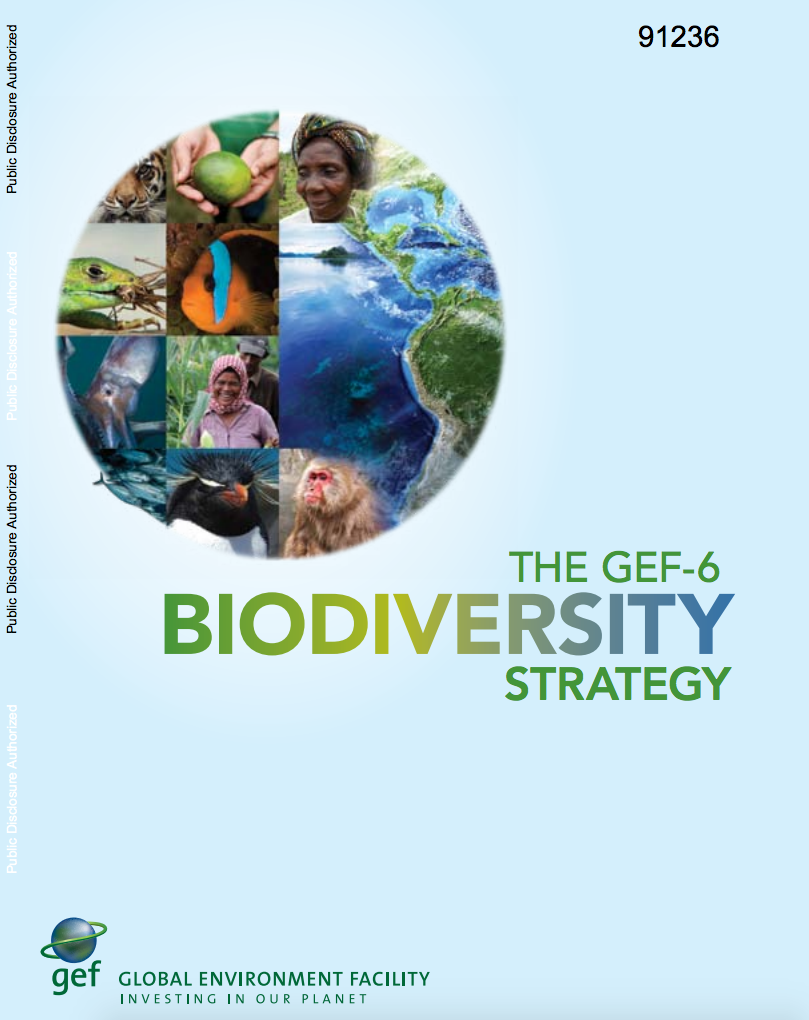Tanzania’s Tourism Futures
Tourism provides a robust stream of
revenues for the country, with benefits that reverberate
widely through the economy. The sector generates the bulk of
exports for the country. As a relatively labor-intensive
sector, tourism serves as a robust source of good quality
jobs in the country, with the potential to alleviate
poverty. This report explores the contribution, the
potential, and the challenges that confront the sector. It


